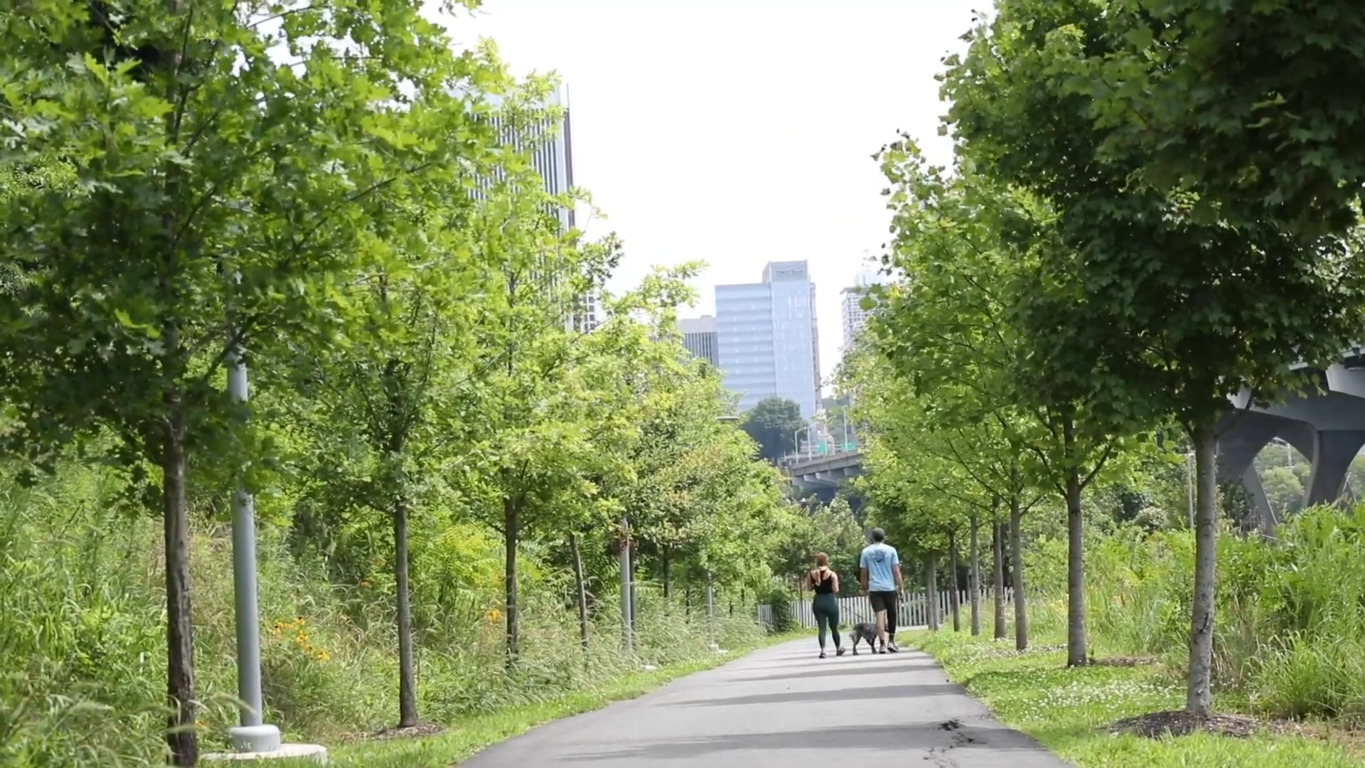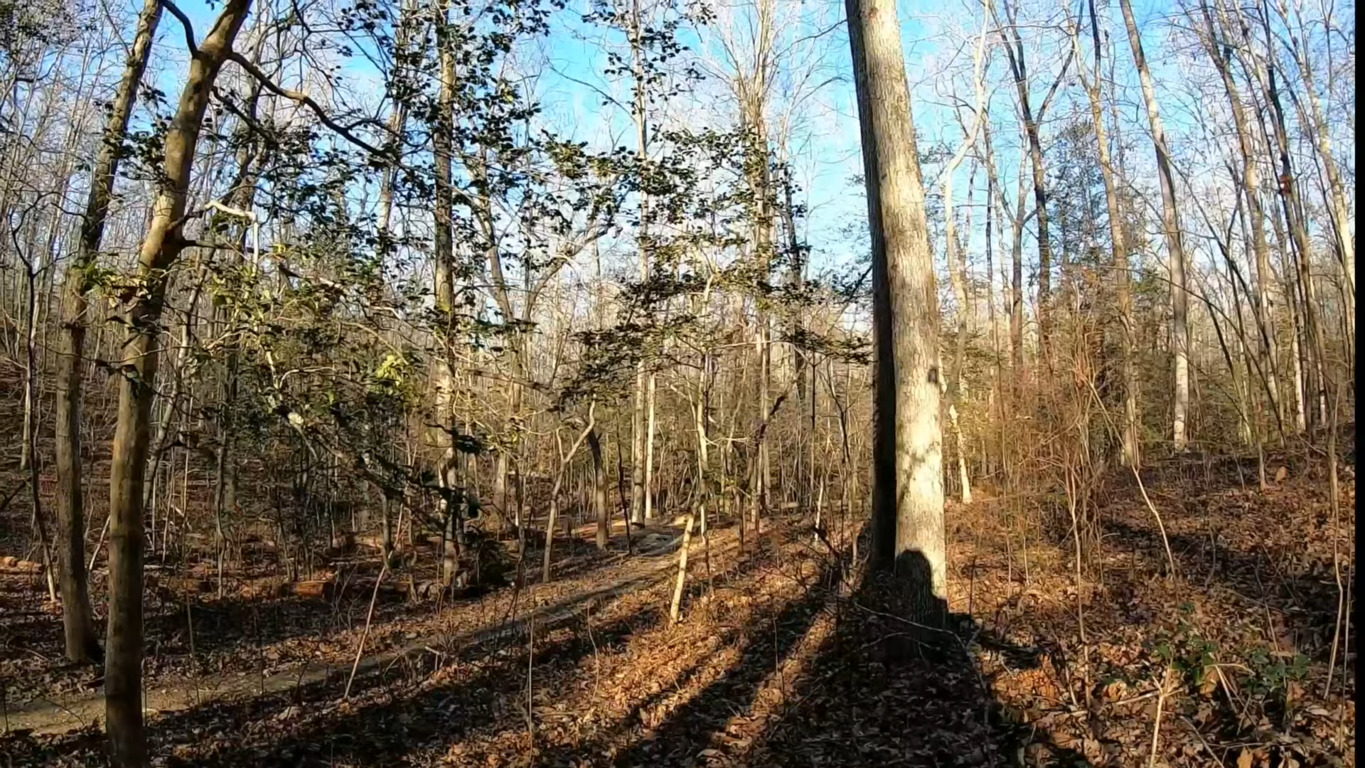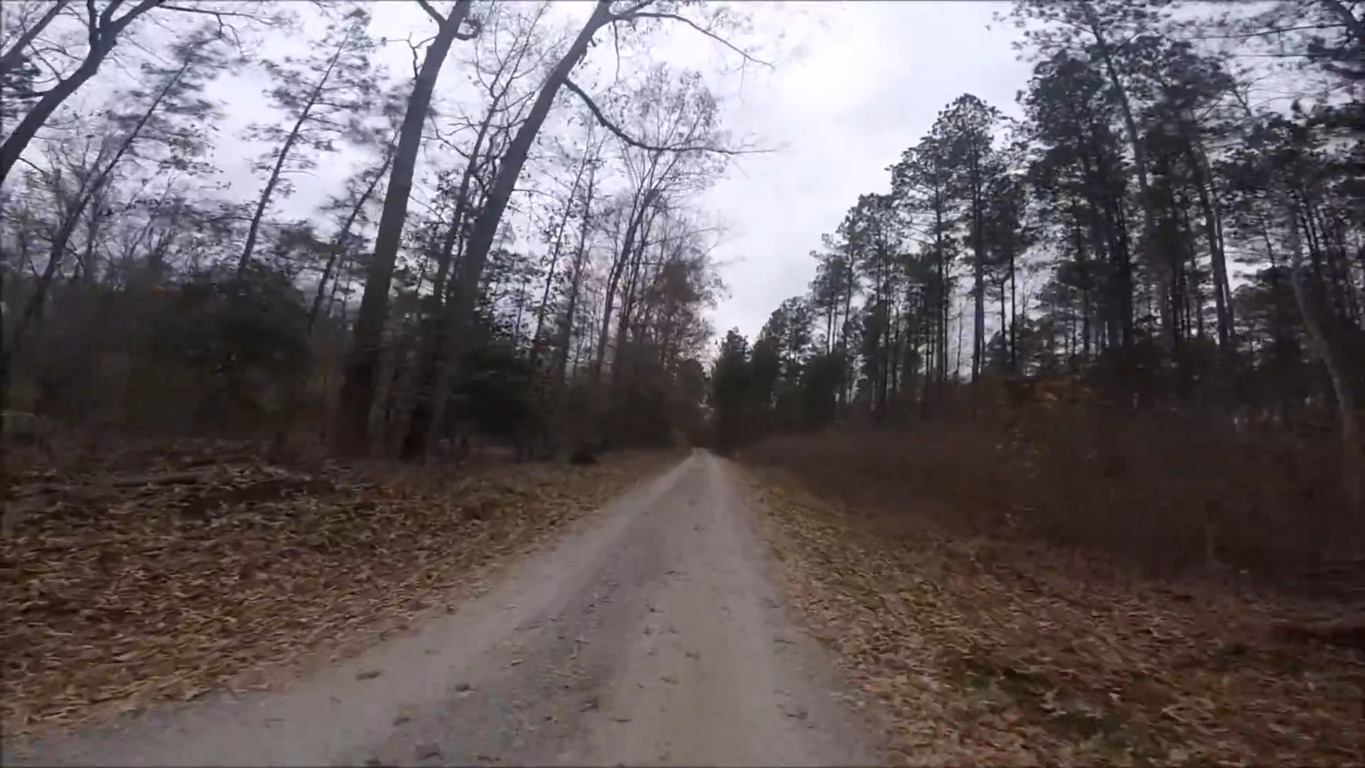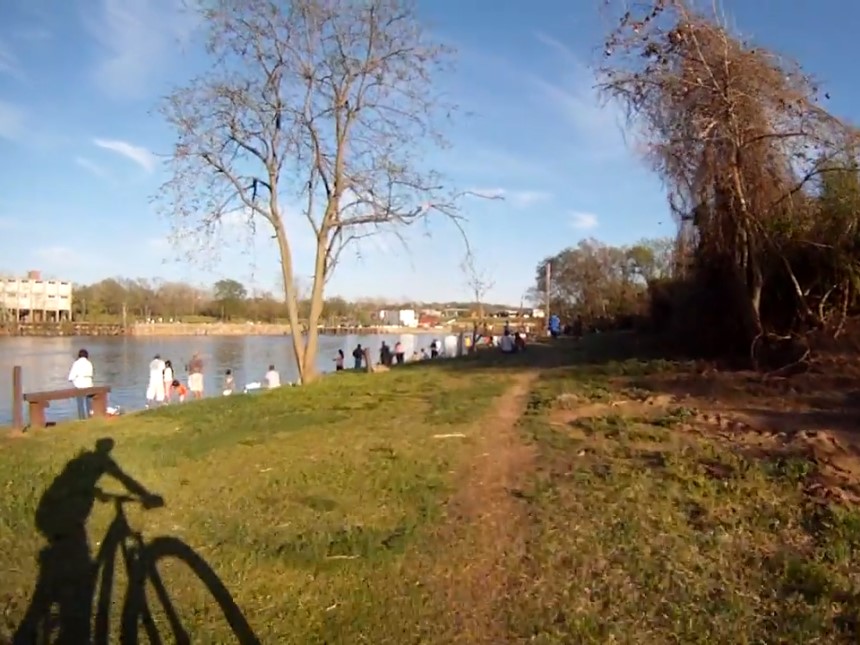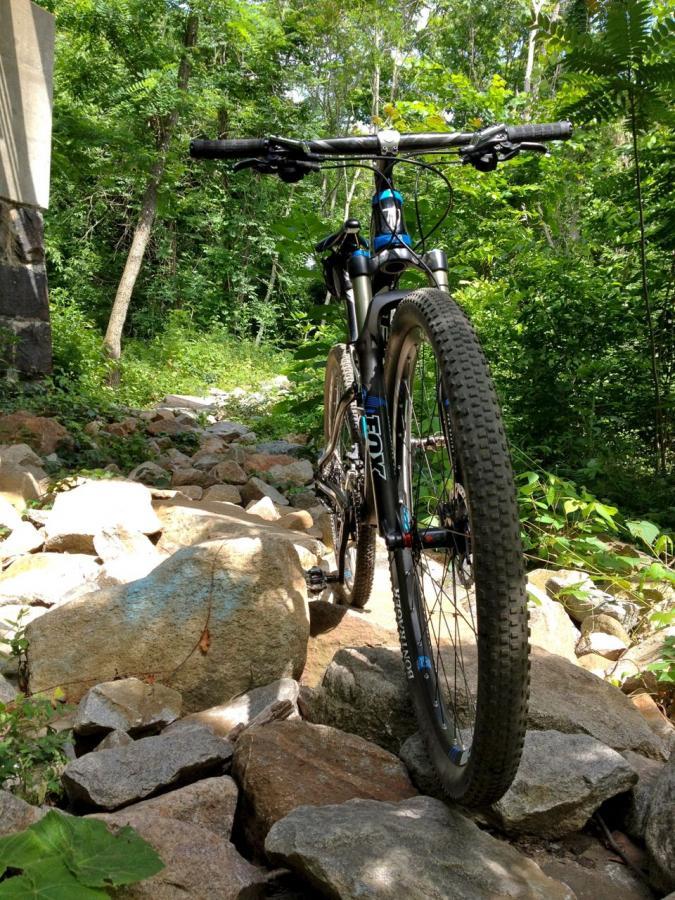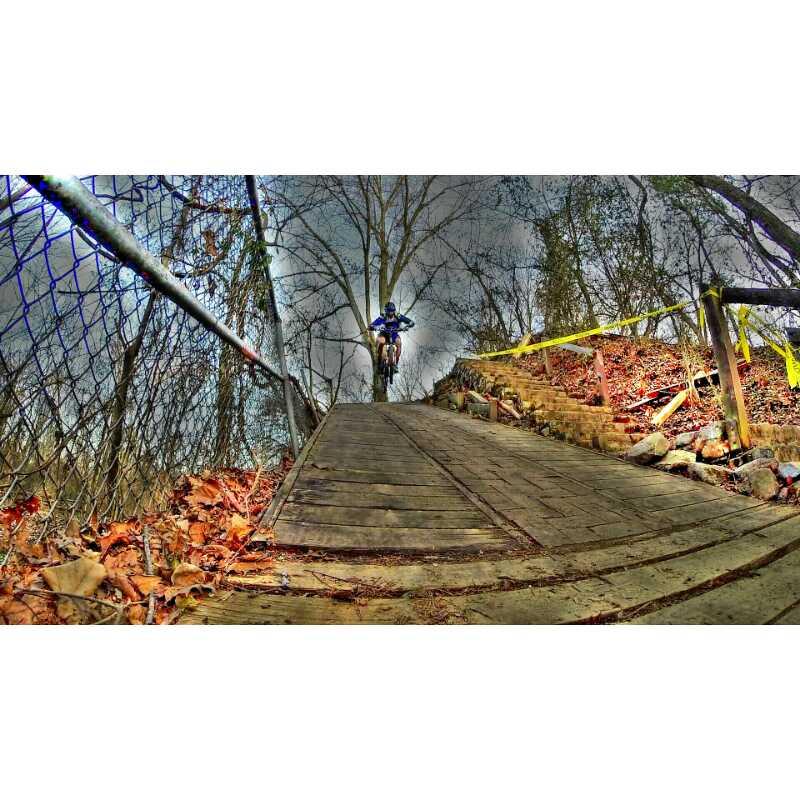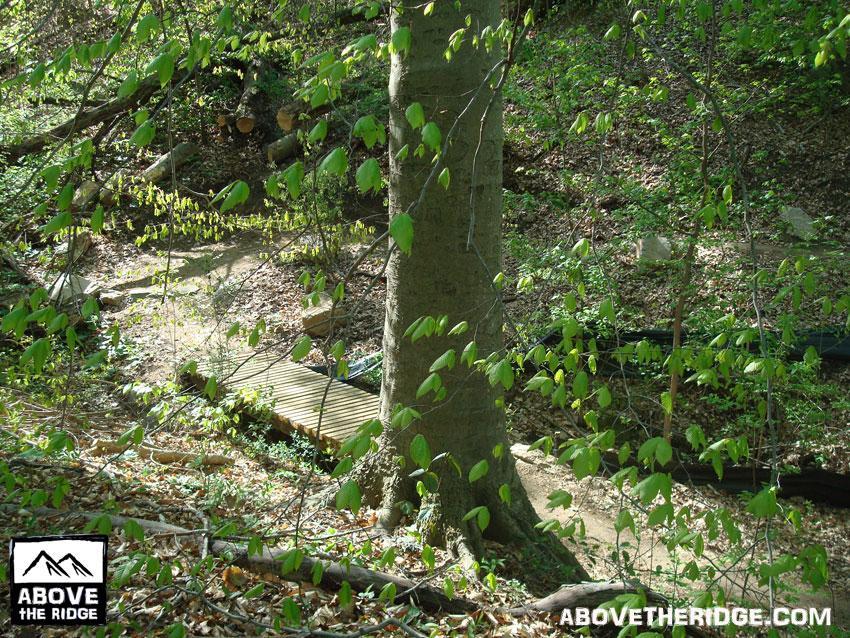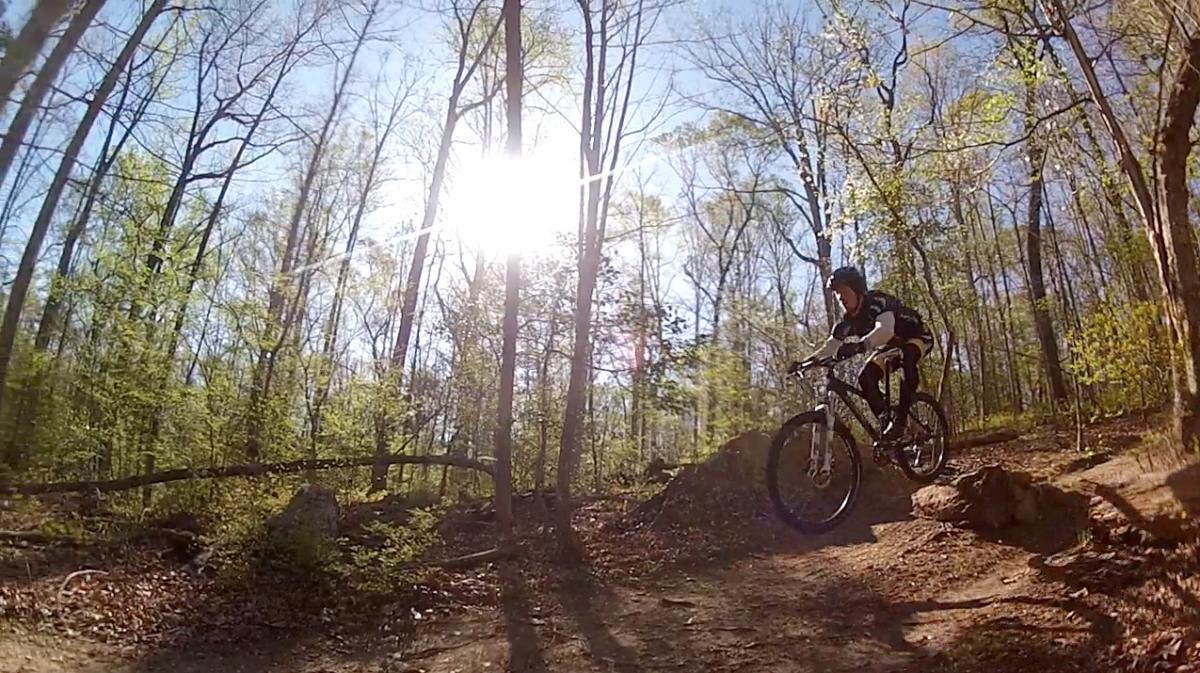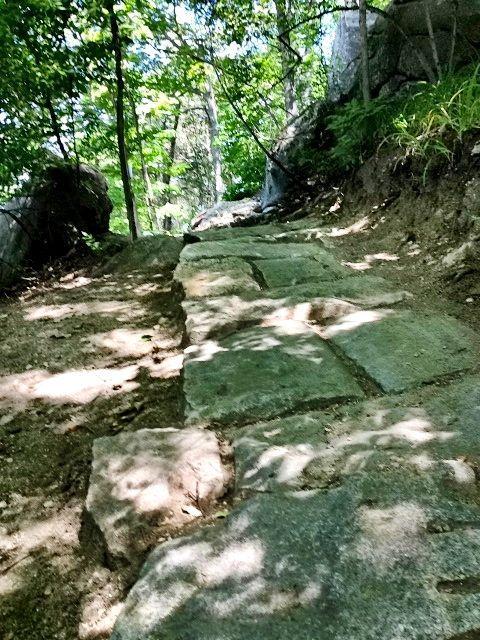Richmond, Virginia: Area Description
When preparing for outdoor activities like mountain biking, it is important to consider the landscape and climate that can affect your trip. Here are the geography, climate, and other things you should know about Richmond.
Geography of Richmond
Richmond covers a total area of 162.05 sq. km, of which 6.85 sq. km is water and 155.20 sq. km island. It is divided into the Northside and Southside by the James River, which runs directly through the middle of the city. Located in the Piedmont Region of Virginia, the city is characterized by relatively low, rolling hills that lie between the flat Tidewater region and the Blue Ridge Mountains. The James River, the Appomattox River, and the Chickahominy Rivers are some of the significant bodies of water around the region.
| Land area (sq. mi; sq. km) |
62.57 sq mi (162.05 km2) |
| Minimum Elevation |
166.45 ft (50.7 m) |
| Maximum Elevation |
166.45 ft (50.7 m) |
Demographics of Richmond
Richmond is the fourth most populous city in Virginia, with a total population of 226,610 in 2020 and a population density of 3,782/sq mi.
Between 2019 and 2020, its median household income increased by 8.83% from $47,250 to $51,421. None of the households in the city reported speaking a non-English language as their primary communication at home. However, this does not consider the potential multilingual nature of each household.
Recent data also shows that most people in Richmond drive to work, with the average commute time being 21.8 minutes. The average car ownership is 2 per household.
| Total population |
226,610 (2020) |
| Population density (persons per sq. km) |
3,782/sq mi (1,484.75/km2) |
Climate of Richmond
Like other cities in Virginia, Richmond experiences a humid subtropical climate. Its humid summers and cool winters are caused by the open waters of the Chesapeake Bay and Atlantic Ocean.
Flooding may occur in any month of the year, especially in March, as the James River reaches tidewater at Richmond. Most of the flooding during the summer and early fall is caused by hurricanes and tropical storms.
January is the coldest month of the year, with significant snowfall that usually melts within a day or two. The temperature during this month ranges between a low of 29.7 °F and a high of 44.6 °F. We recommend checking the forecast and dressing appropriately before riding during this month.
On the other hand, September is one of the best months to enjoy the outdoors as it has the least amount of rain, and the average temperature ranges from a low of 59 °F to a high of 81 °F.
The fall season brings perfectly warm temperatures, sunny days, and crisp nighttime air.
Average Temperature by Months
| Month |
Temperature |
| January |
37°F |
| February |
40°F |
| March |
48°F |
| April |
58°F |
| May |
66°F |
| June |
75°F |
| July |
78°F |
| August |
76°F |
| September |
70°F |
| October |
59°F |
| November |
49°F |
| December |
41°F |
Infrastructure
Richmond is a bustling urban city with many riding opportunities. Designated bike trails and routes run through the city, where you can easily access hotels, restaurants, and other facilities for your convenience. You won’t have to go out of your way to find lodgings or places to rest. Plus, you can feast your eyes on museums, heritage sites, and parks while exploring the city on two wheels.
The James River Park System provides plenty of space for all kinds of outdoor activities. There are tons of accessible trails in Downtown Richmond that will give you an incredible mountain biking experience in the heart of the city. In addition to biking, the park also provides opportunities for hiking, rock climbing, fishing, and other outdoor activities.
Sights and Landmarks in Richmond
Richmond is home to many historical and cultural landmarks that will make your biking experience more meaningful. The Virginia Museum of Fine Arts and the American Civil War Museum are some of the places you can explore to learn about the region’s local art scene and history. If you wish to surround yourself with nature, explore wildlife habitats at Maymont and tour the themed gardens at the Lewis Ginter Botanical Garden. The James River Park System alone is surrounded by lush, green parks, most of which are bike and pet-friendly.
FAQ about Trails in Richmond
What are the most popular mountain bike trails in Richmond?
The James River Park System is home to some of the most popular bike trails in Richmond due to its accessibility. These include the North Bank Trail, Buttermilk Trail, Belle Isle Trail, and Forest Hill Park, which can be connected with each other to create a longer route.
Can you ride a bike on the sidewalk in Richmond?
Yes, you can ride on the sidewalk as long as you yield the right of way to pedestrians and avoid blocking paths.
Are there any beginner-friendly trails in Richmond?
Yes, there are tons of easy and beginner-friendly trails around the city. Aside from the trails in the James River Park System, you can also try Ashland’s North Railside Trail, Mid-Lothian Mines Park, and Short Pump Park.

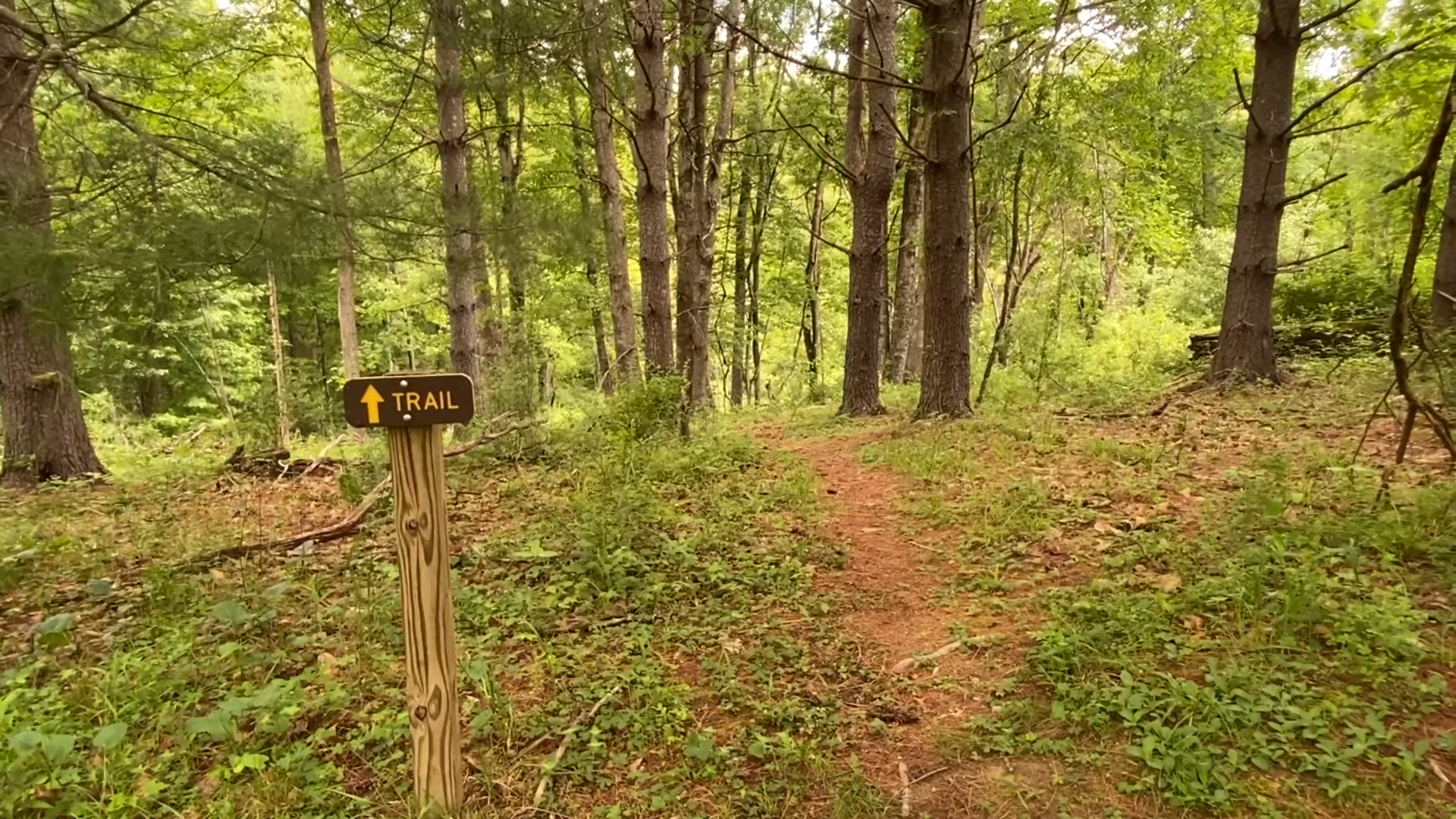
 9.4 mi
9.4 mi
